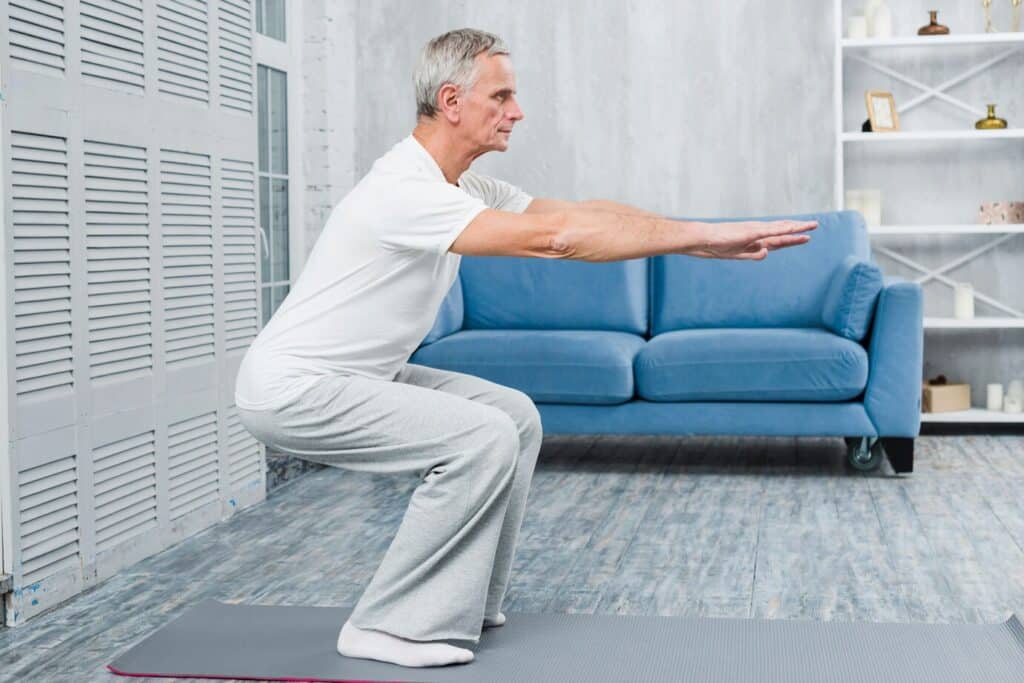Retirement Ideas for a Healthy, Happy, and Active Life
Did you know that engaging in new hobbies can significantly boost your mental health during retirement? Activities like painting or learning a musical instrument stimulate your mind and provide a sense of fulfillment. If you’re looking for unique retirement ideas, consider a fresh approach to this exciting phase of life. At The Oaks at Nipomo, we emphasize maintaining physical activity, social connections, and a sense of purpose. Whether you’re exploring new passions or planning retirement party ideas, ensuring a well-rounded lifestyle is key.
Embrace Lifelong Learning and Hobbies
Transitioning into retirement offers an excellent opportunity to expand your knowledge and skills. Engaging in creative pursuits like painting, writing, or playing an instrument enhances cognitive function while providing personal satisfaction. Retirement ideas for men and women often include exploring new hobbies that challenge the mind and provide joy. Participating in art therapy activities can further promote emotional well-being through creative expression.
Joining community classes or workshops is another way to stay socially connected. Sharing your newly acquired skills through volunteering also provides a rewarding sense of contribution. Dedicating time to lifelong learning will enhance your life and inspire those around you.
Engage in Regular Physical Activity
Staying physically active is essential for maintaining health and energy throughout retirement. Activities such as walking, hiking, or gardening offer both fitness benefits and social interaction. Many retirement ideas for men involve outdoor activities, while retirement ideas for women often include group fitness classes. Participating in structured exercise programs designed for seniors can ensure safety and effectiveness. Check out tailored fitness and wellness programs that help meet your goals.
Incorporating movement into your daily routine will boost your mood, improve balance and flexibility, and reduce stress. So, lace up your shoes and make staying active a joyous part of your retirement!
Foster Social Connections and Community Involvement
Strong social connections are key to a fulfilling retirement. Engaging with your community through events, classes, or volunteering helps create a sense of belonging. When considering unique retirement ideas, consider joining social groups or participating in community projects. These activities help build relationships and keep life exciting. Volunteering at a local charity or mentoring younger generations can bring meaning to your daily routine.
Spending time with others enhances overall well-being and provides crucial emotional support. Research suggests that strong relationships contribute to longevity and happiness. Learn more about the importance of social wellness in active adult communities and discover ways to enrich your retirement with meaningful connections.

Explore Shared Housing Options for Companionship
Shared housing may be a great option if you’re looking for retirement ideas for men or women that foster connection. A roommate can provide companionship, reduce living costs, and create a supportive environment.
- Affordable Living: Shared expenses lighten financial burdens.
- Daily Support: Enjoys helping with household tasks and daily activities.
- Built-In Community: Create lasting friendships while maintaining independence.
For those who need personalized care, many shared housing options also provide assisted living services to cater to individual needs. Exploring different housing arrangements can lead to a more fulfilling and socially enriched retirement experience.
Prioritize Mental and Emotional Well-Being
Beyond physical health, emotional and mental well-being are crucial for a fulfilling retirement. Meditation, journaling, or yoga can help maintain mental clarity and reduce stress. Retirement party ideas could even include mindfulness workshops or relaxation retreats for a refreshing celebration of this new chapter.
Surround yourself with supportive friends and engage in joyful and purposeful activities. If needed, consider seeking professional support through counseling or community groups. Taking care of your mental and emotional health ensures you remain resilient and engaged in life’s opportunities.
Your retirement should be an exciting and enriching experience with unique ideas tailored to your interests. Whether pursuing lifelong learning, embracing physical activity, strengthening social bonds, or exploring new living arrangements, the key is staying active and engaged.
At The Oaks at Nipomo, we support a vibrant retirement lifestyle that promotes well-being and fulfillment. Ready to take the next step? Explore our community today or call us at (805) 723-5206 to learn more about enhancing your golden years!
How Do The Costs Of Moving Into A Quality Senior Care Community Compare With The Costs Of Staying At Home?Compare The Costs of Senior Living vs Staying at Home
Frequently Asked Questions
What are the three rules for retirement?
The “3 rule” for retirement, often called the “3% rule,” suggests withdrawing no more than 3% of your retirement savings annually to help ensure your funds last throughout your retirement. This conservative approach aims to protect your savings from market volatility and inflation. While commonly recommended, it’s essential to regularly assess and adjust your withdrawal rate based on your financial situation.
What is the $ 1,000-a-month rule for retirement?
The “$1,000 a month rule” estimates that for every $1,000 of monthly retirement income desired, you’ll need approximately $240,000 to $300,000 in savings. This calculation assumes a monthly withdrawal rate of around 4% to 5%. It’s a simple guideline to help you estimate savings targets, but individual needs may vary significantly.
What does the average retiree do all day?
The average retiree engages in leisure activities, social interactions, and routine tasks. Typical activities include pursuing hobbies, volunteering, spending time with family and friends, traveling, or attending community events. Many retirees also dedicate time to personal wellness, such as exercise, gardening, or reading.
What can I do in retirement with no hobbies?
Retirement is an excellent opportunity to explore new interests and activities, even without established hobbies. Consider volunteering, joining community groups, enrolling in educational classes, or attending social events to discover new passions. Staying socially active, physically engaged, and intellectually curious can significantly enrich your retirement experience.








